
50 Years Ago: Council tables traffic code
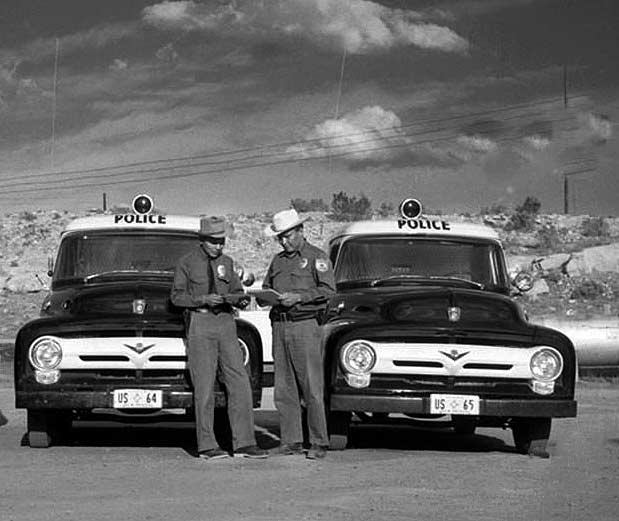
Historical photo of Navajo Nation Police.
A major debate went on within the Navajo Tribal Council a half century ago over traffic laws on the Navajo Reservation. Or more to the point, not enough traffic laws.
The tribe’s police superintendent, Pat Nelson, who told members of the Council that the lack of certain traffic regulations was causing problems in charging tribal members who break laws, spearheaded the drive.
“To give an example of the inadequacy of the present tribal code, it is not illegal for a Navajo to run an arterial stop sign on the Navajo Reservation,” Nelson told the Council. “Of course, we could charge you with reckless driving.”
Nelson wanted the Council to adopt a uniform traffic code that was accepted by all the Indian tribes in Arizona as well as by 46 states.
The Council, however, after debating it for more than two hours, decided to table the resolution, mainly because of one man, Sam Day III, who was opposed to one section of the proposed code that required Navajos living in Arizona to display Arizona license plates.
The reason for this is because a lot of Arizona Navajos were having their vehicles licensed in New Mexico because it was less expensive. But Day said approval of the new code would result in Navajos living in Arizona to pay double taxes if they brought a car in New Mexico and then brought it into Arizona.
A representative from the tribe’s legal department, however, said that wasn’t true because people who did that could ask for and get an exemption from Arizona, which would only require them to pay the difference between the costs of a plate in New Mexico and one in Arizona.
Day also objected on the basis that it was time for the Navajos to do what a couple of other tribes were doing — issue their own license plates. Not only would this create jobs, it could be a source of revenue for the tribe.
Others on the Council agreed, saying that it would also make it a lot easier for tribal members to secure plates because they would be able to buy them on the reservation instead of having to go off the reservation in the county seats to get them.
The resolution was eventually tabled to give officials a chance to look into the possibility in 1965 after creating a tribal motor vehicle department.
Of course, nothing came of it and it wasn’t until 1989 that the matter was discussed seriously when the head of the tribal police department, Bill Kellogg, took steps to create such a department. His plans, however, were derailed because of the turmoil over the suspension of then-Chairman Peter MacDonald.
While the net worth of the Navajo Nation at the end of 2014 was in the billions, the tribe was not so rich in December 1964.
Tribal financial officials, in giving a report to the Navajo Tribal Council, said they estimated the tribe’s net worth to be about $86 million.
This included basically only the tribe’s annual revenues from oil and coal, which consisted of only royalty payments. Tribal taxation was still more than a decade away and within a couple of years the tribe would begin complaining that the coal companies were robbing the tribe because of the low royalty rates.
At the time, the tribe was receiving about 20 cents royalty on every ton of coal that was mined, about the cost of a can of soda on the reservation.
That same week, Charles S. McCammon, the area director for the Indian Health Service, told tribal officials that the federal agency was making plans to expand the IHS facilities in places like Tuba City, Shiprock, Fort Defiance, Winslow, Crownpoint and Gallup because of the sharp increase in the number of Navajos who were seeking medical treatment and the continued increase in the tribe’s population.
The IHS was proposing over the next five years to double the number of beds in Shiprock from 75 to 150, and to add 25 beds to Fort Defiance, which now had 110 beds.
The IHS was also planning to build an additional 18 clinics throughout the reservation by the end of the decade, he said.
He said he was also trying to do something about the fact that the IHS only had a clinic in Chinle when it was obvious that a full-fledged hospital was needed.
“We are looking at building a 100-bed hospital in Chinle,” he said, adding that construction should begin in 1967 or 1968.
When the Council met for its first week (of a two-week session), one of the first things it did was hear a report from Glenn R. Landbloom, the general superintendent for the BIA.
In those days, the BIA presented a report every quarter and it was read into the record. His report this quarter was 37 pages long and Landbloom suggested, for the sake of saving time, that it only be read to the Council in Navajo.
But Carl Beyale, the Council’s legislative secretary, said tribal law required that all business before the Council be done in both Navajo and English.
Landbloom’s main thrust in his report was to ask the Council members to stop fighting amongst themselves and support the tribe’s chairman, Raymond Nakai, even if they didn’t vote for him.
But within seconds of the report being entered into the record, Frankie Howard, the delegate from Tolani Lake, got up and asked Landbloom why his report was such a “whitewash” of the Nakai administration. Landbloom did not respond.

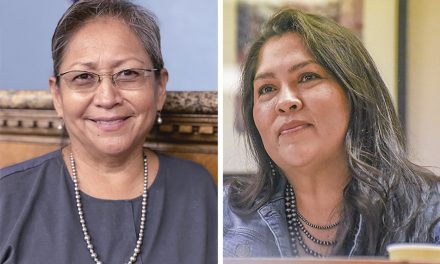
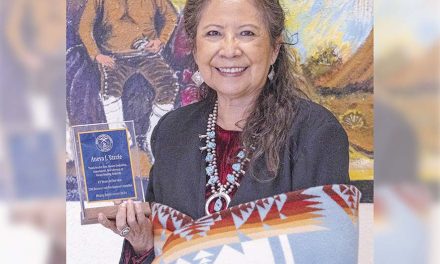

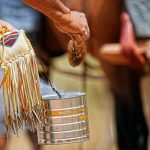
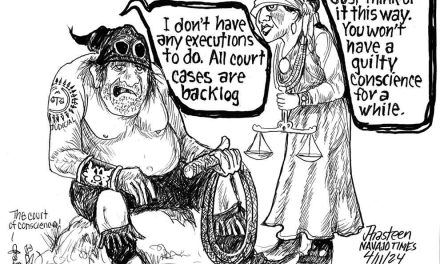

 Highway 264,
Highway 264, I-40, WB @ Winslow
I-40, WB @ Winslow